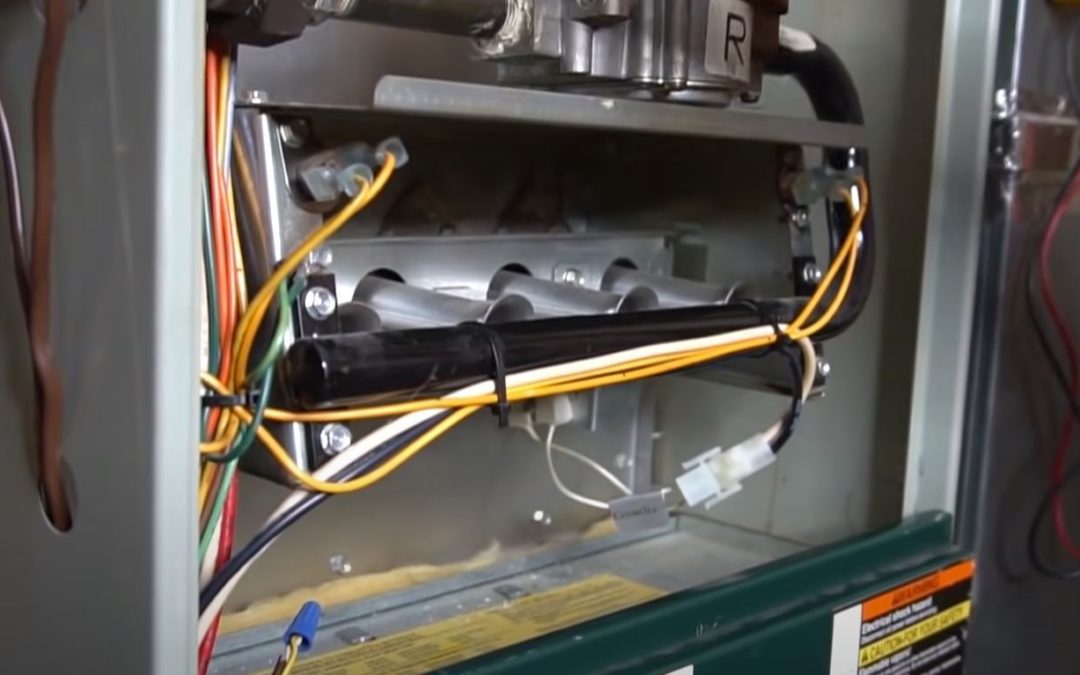As autumn progresses with its accompanying drop in temperature, it becomes pertinent to address several inquiries pertaining to your HVAC system and its operation during this season. At Elkton Home Heating and Air, we are prepared to provide comprehensive responses to these queries.
Q: What makes autumn a conducive period for HVAC heating maintenance?
A: Autumn presents an opportune moment for maintenance as it primes your system to efficiently manage the impending cold spell. Undertaking proactive tasks such as cleaning, inspection, and servicing of your HVAC equipment can mitigate the risk of malfunctions and optimize its performance throughout winter.
Q: Is there a necessity to replace my air filters during the fall?
A: It is indeed advisable to change your air filters during this period. Installing a clean filter not only enhances indoor air quality but also facilitates the seamless operation of your system. This step, while seemingly minor, plays an integral role in maintaining the ambient comfort of your dwelling.
Q: What measures can be adopted to augment my home’s energy efficiency this autumn?
A: To bolster energy efficiency, it is recommended to seal any existing gaps around windows and doors, enhance insulation, and deploy a programmable thermostat. Efficient insulation and robust sealing can preserve a desirable indoor climate without placing undue strain on your HVAC unit.
Q: Are there specific safety concerns associated with the use of HVAC during fall?
A: Safety remains paramount. If your home is equipped with a gas furnace, it is imperative to inspect your carbon monoxide detector regularly. This ensures that there aren’t any leaks or operational discrepancies that might pose a risk to inhabitants.
Q: Is it possible to fortify my HVAC system against potential power outages during the fall season?
A: Absolutely. It would be prudent to consider procuring an auxiliary power source, such as a generator. This ensures that your heating apparatus remains functional during power interruptions, particularly in areas susceptible to the biting cold.
